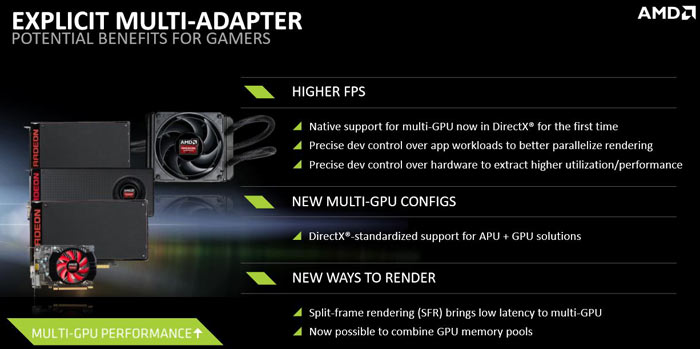Do we know if all Vega arch will use HBM2? Could Vega 11 have been designed to use DDR5(x)? I am pretty sure AMD was committed to HBM this round but they could have had an option in the design to go DDR5 if HBM2 was not available.
Polaris 10 has 2304 shaders, to then jump to 4096 shaders and something higher makes no sense to me. Seems like Vega 11 will be more like 2816 unless they added a few more CU's or less. A dual Polaris card to me sounds stupid for costs, electrical power and performance coming from it. Probably in most games the 1080 would win with much less power needed with a much cheaper cost to make.
The numbers in AOTS could just be an engineering Vega sample - who knows.
Polaris 10 has 2304 shaders, to then jump to 4096 shaders and something higher makes no sense to me. Seems like Vega 11 will be more like 2816 unless they added a few more CU's or less. A dual Polaris card to me sounds stupid for costs, electrical power and performance coming from it. Probably in most games the 1080 would win with much less power needed with a much cheaper cost to make.
The numbers in AOTS could just be an engineering Vega sample - who knows.
![[H]ard|Forum](/styles/hardforum/xenforo/logo_dark.png)
